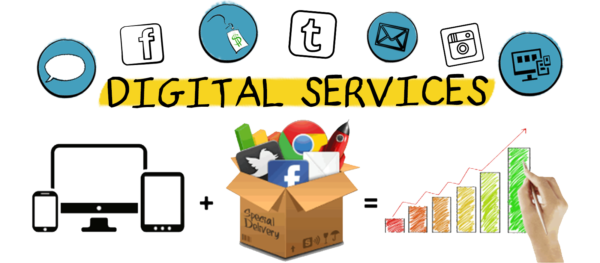Downtown Toronto is a happening place. It’s high density, with easy access to other businesses, a thriving after-work culture with its restaurants and pubs, and, yes, even a little bit of green space here and there. That’s not to say there isn’t merit in planting your business outside of the downtown core – there are good reasons to stick to the 905 areas (though, for the sake of brevity, this article won’t explore those reasons) – but downtown has its perks, which is why in the past few years businesses have flocked back to its busy streets.
According to most analysts, this has everything to do with attracting talent – in specific, young talent. As young professionals tend to live inordinately within the city and are becoming increasingly “commute-averse”, they opt for jobs in the downtown area. As they do so, the surrounding areas face an unfortunate kind of brain drain. This is coupled with Toronto’s new “live, play, work” developments, aimed at centralizing employee life within a small space (think Liberty Village, for instance), which further discourages young professionals to commute.
This is all to say that, if you are choosing to move your business downtown, it is completely understandable. You might find a renewed sense of energy, access to better employees, closer proximity to clients, and a greater sense of legitimacy. But moving your business to downtown Toronto comes with its share of considerations: namely, expense and security.
The move to downtown Toronto should be accompanied by a renewed commitment to workplace security, both physical and cybersecurity. With a denser population and a greater amount of foot traffic around your office, the chances of intruders, both during and after work hours, increase exponentially.
To effectively deal with unwanted visitors during office hours, the reliable way to go is with ID badges, which are the industry standard for downtown businesses. It can seem like a daunting task implementing ID cards, but it’s actually pretty simple and (crucially, when you’re spending money on moving) cost-effective; visit the Avon Security Products Blog for tips on how to choose and implement the correct system.
Another added benefit of ID cards is that they can be used to restrict access within the office. If you keep the sensitive or expensive material in a certain room and would like to restrict access to that room to only high-level employees, you can do so easily with an ID card. Moving downtown will likely mean some employee turnover, so this is a smart measure to take.
As for expense, the best advice you’ll get is that you can’t forget the hidden costs of moving, such as utilities, cleaning, and insurance. Luckily, certain expenses involved with moving are tax-deductible, like storage costs, vehicle costs, and meals. Another concession you might have to make when moving downtown, in order to maintain overhead costs, is size reduction; a smaller office downtown might cost somewhere near what you were paying before.
As you can see, there are benefits as well as concerns that go along with moving your business downtown. It appears to be a good idea, especially given the amount of young talent concentrated in the city, but it will require a rethinking of expenses as well as a rededication to security.
Read Also :























